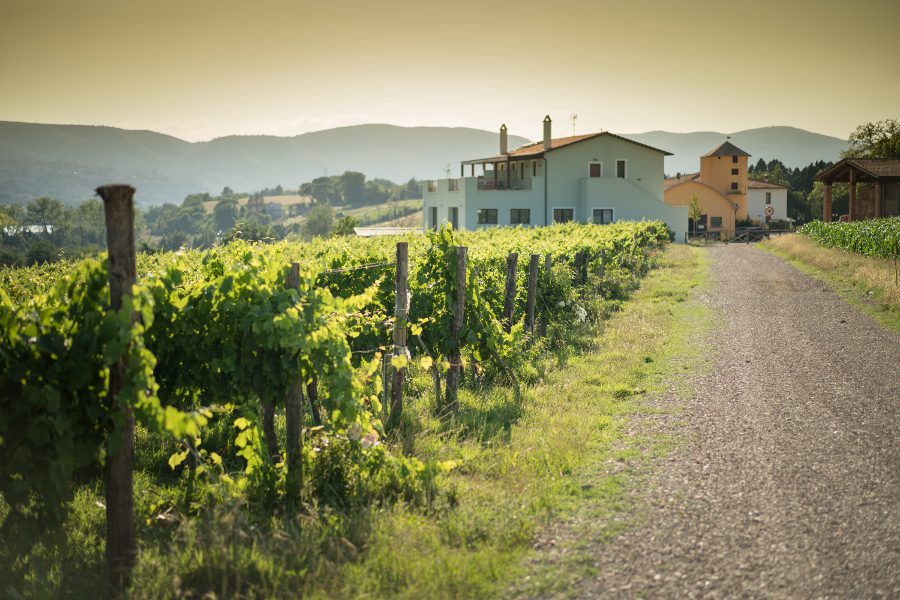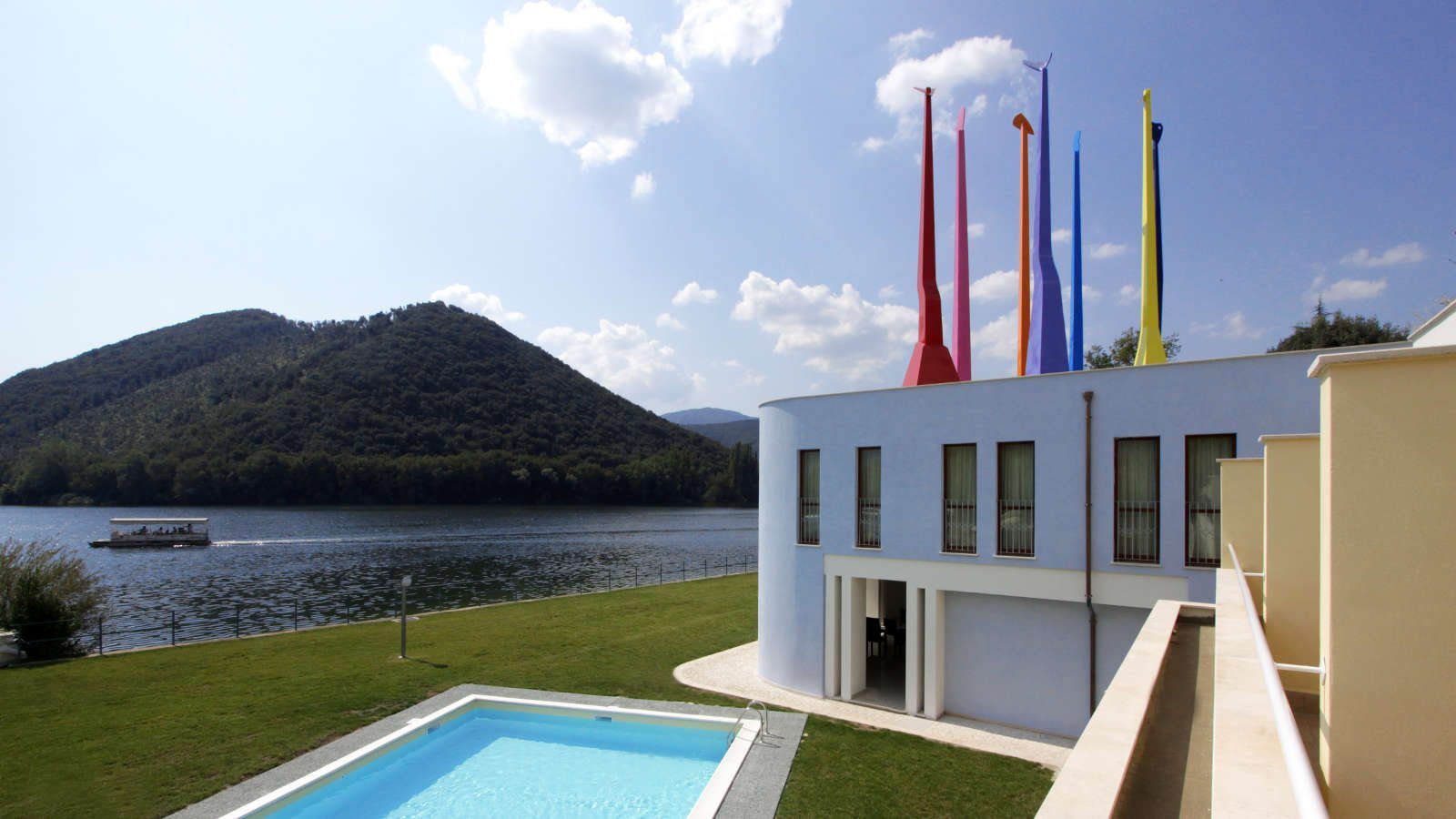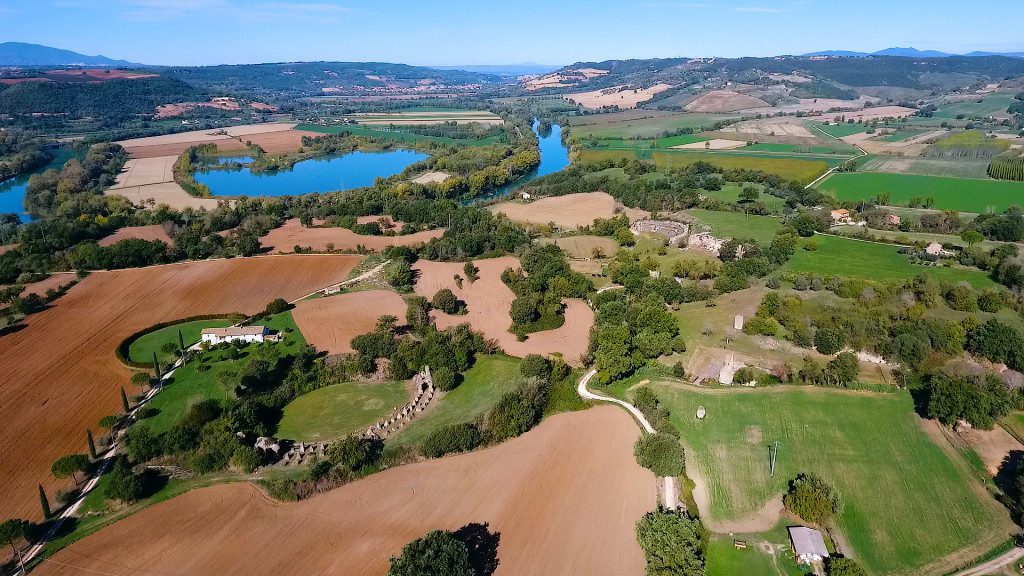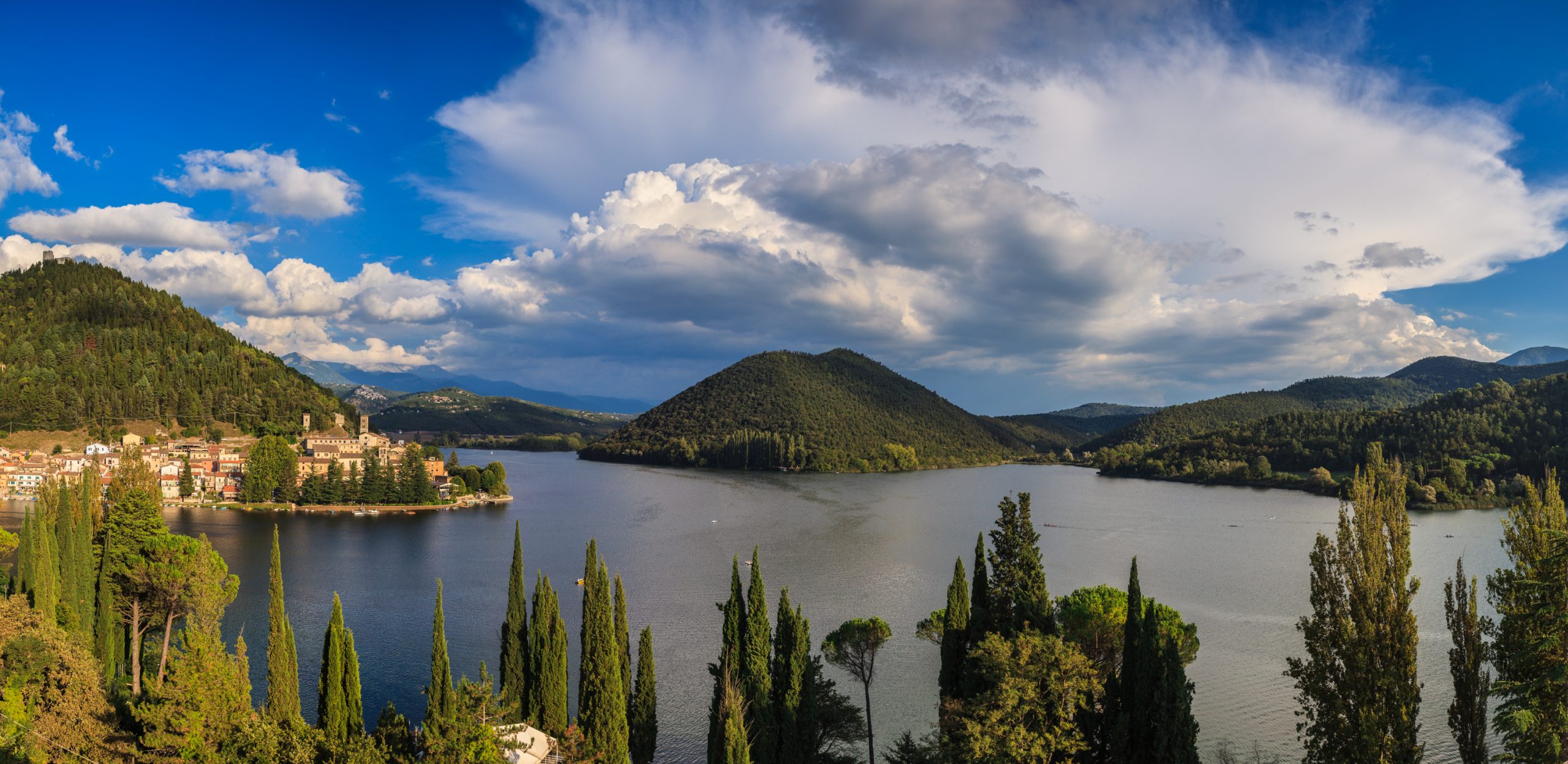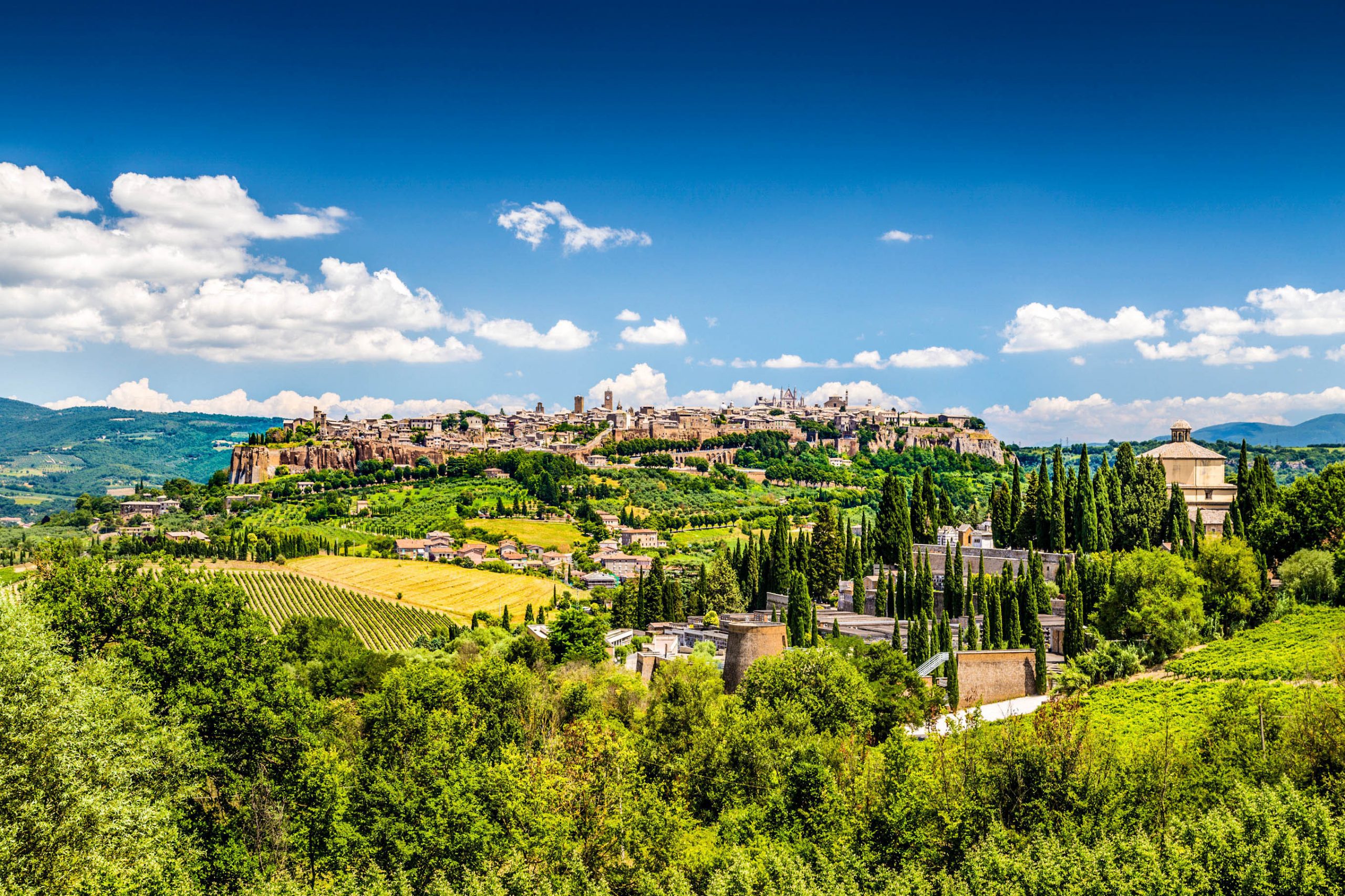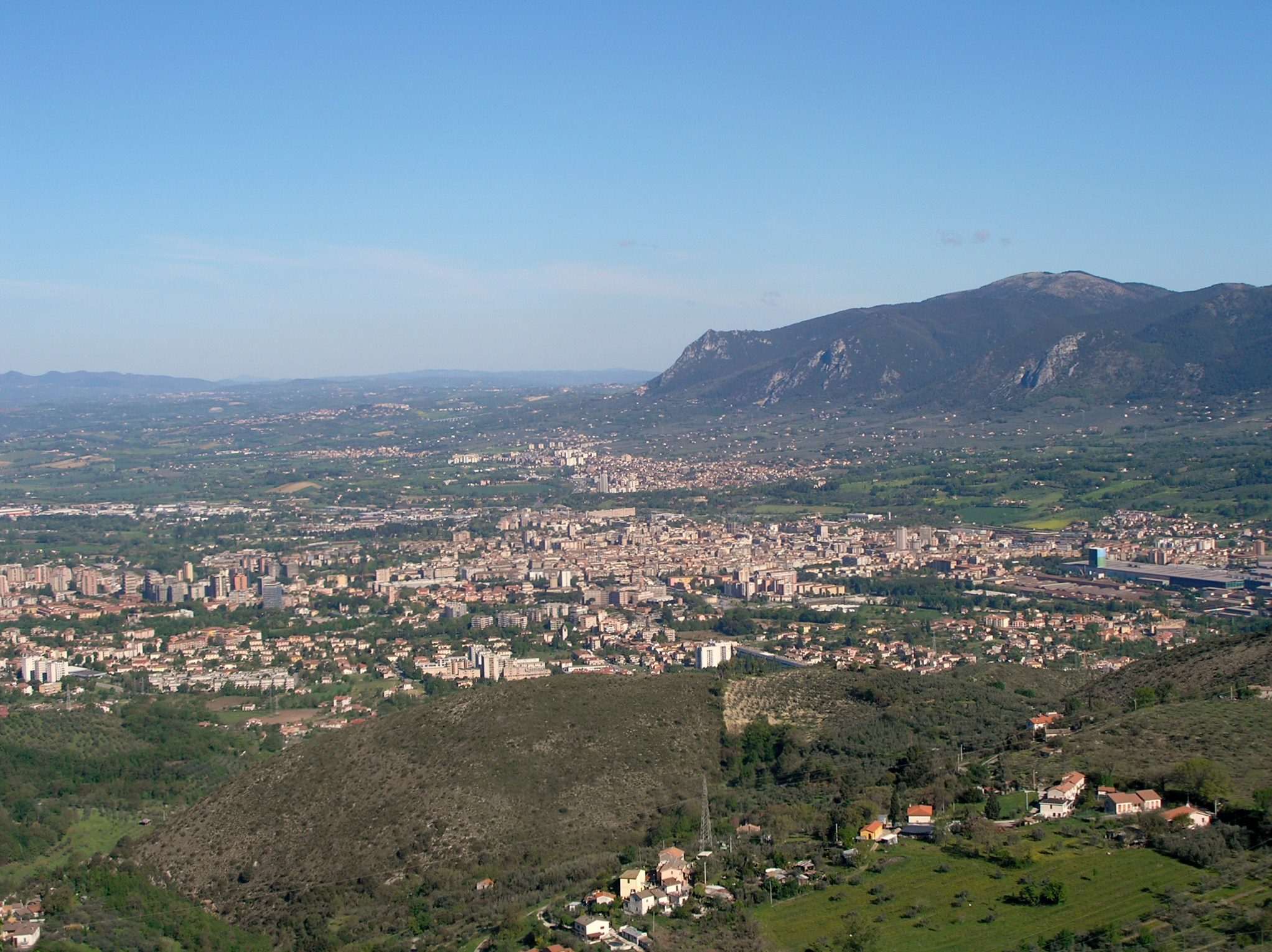Those who at the turn of 1700 and 1800 have chosen this valley as an example of the ideal landscape to tell a seductive Italy. The Nera Valley and the hidden treasures of a thousand-year history of a territory ultra fantastic, out of the ordinary and to be discovered.

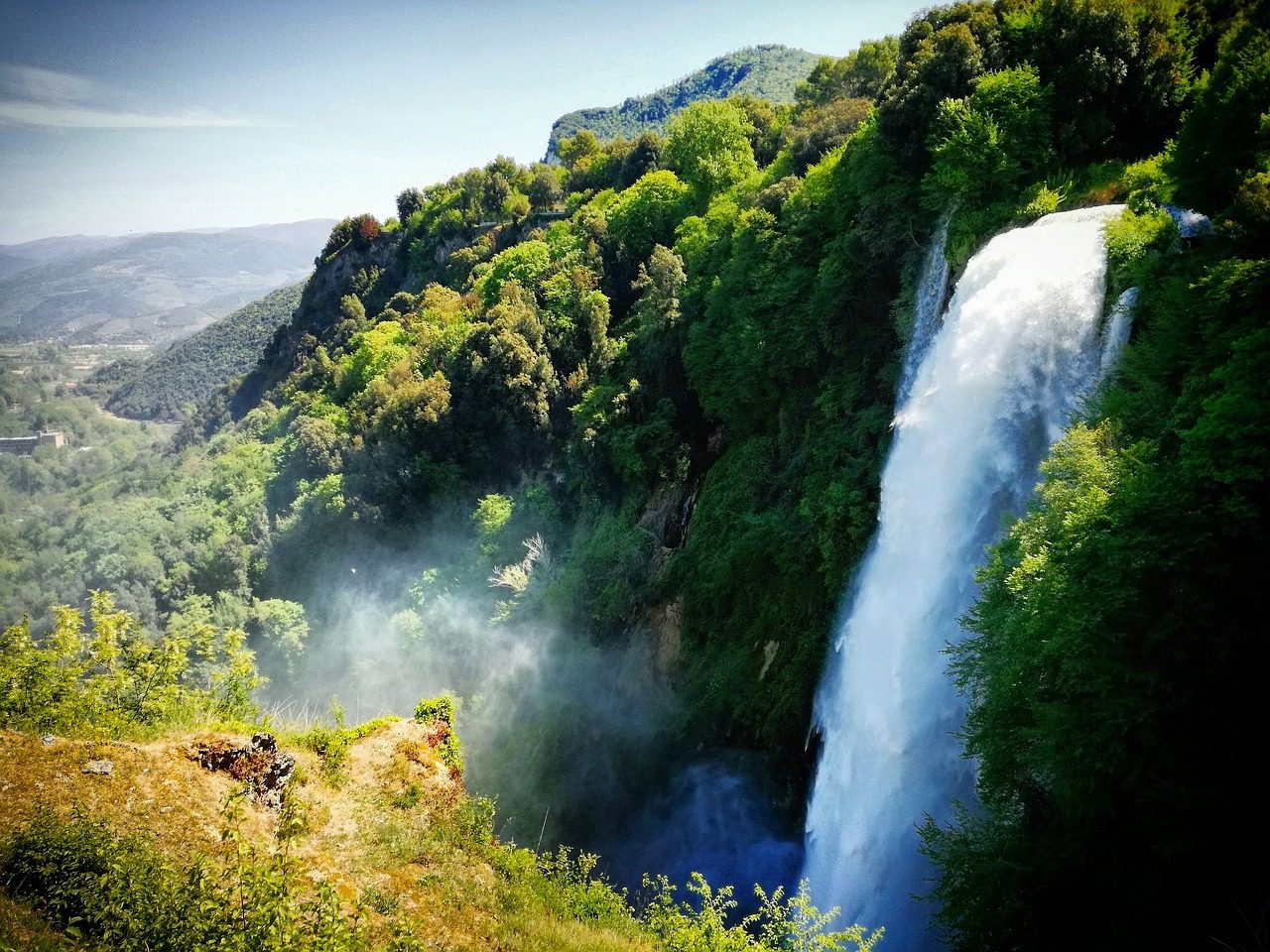
Terni is surrounded by mountains overlooked by picturesque medieval villages like Stroncone, Cesi, Miranda, Collescipoli in whose church of Santa Maria is the precious organ Hermans. Over the ridge of the hills is possible to meet the charming medieval town of San Gemini. Moreover, then in Acquasparta the elegant Palazzo Cesi. Both of these cities are famous for their mineral waters. Archeological site of great importance is Carsulae, an ancient Roman city full of monuments. They are part of the city of Terni but geographically included in Valnerina.
Still, we find great spectacles of nature: the “Marmore Falls”, the “Nera River Park” and “Lake Piediluco.” Among the most important manifestations taking place in the city of Terni deserves a special note of the revival of folk traditions “Cantamaggio”. Terni, the provincial capital, is the birthplace of St. Valentine. It is also associated with Manchester ( U.K.) it is called, “The Italian Manchester.” This is due to the presence of numerous factories born in the second half of ‘1800. Terni name indicates, the ancient Interamna Nahartium, or the land between two rivers. Here he was born the famous writer Roman Cornelius Tacitus. Today the city conserves the nickname given to him dynamic city during the era of fascism in which modern art and contemporary structure mingle with the ancient history of the city.
Modern Art in Terni is at its best in the beautiful obelisk by Arnaldo Pomodoro known as “Spear of Light” built in 1995. Thanks to the Italian architect Mario Ridolfi (1904-1984) we have, the popular Tacitus Fountain (1932), Corso del Popolo and Largo Villa Glori. Masterpieces of painting can be admired in the Municipal Art Gallery where the Franciscan blade emerges by Piermatteo of Amelia. In the Basilica of St. Valentine are the relics of the saint, bishop of the city martyred in the third century AD, today elected worldwide patron saint of lovers. Traces of the past are in the documentation collection of archeological finds on display in the Archaeological Museum. While the Great Press steelworks ternane, which stands in front of the Railway Station, testifies the leadership of the city during the Industrial Revolution of 1800.
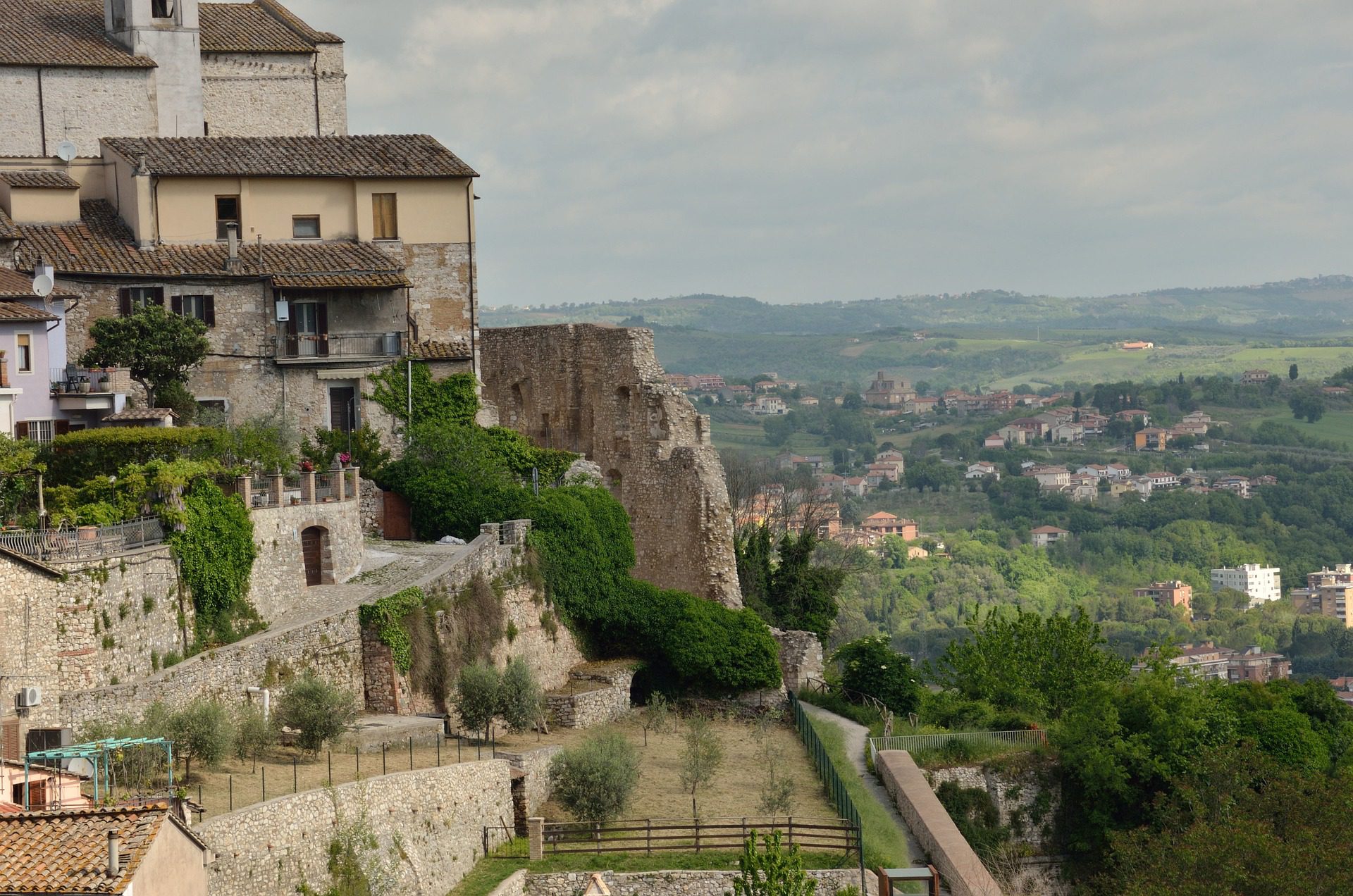
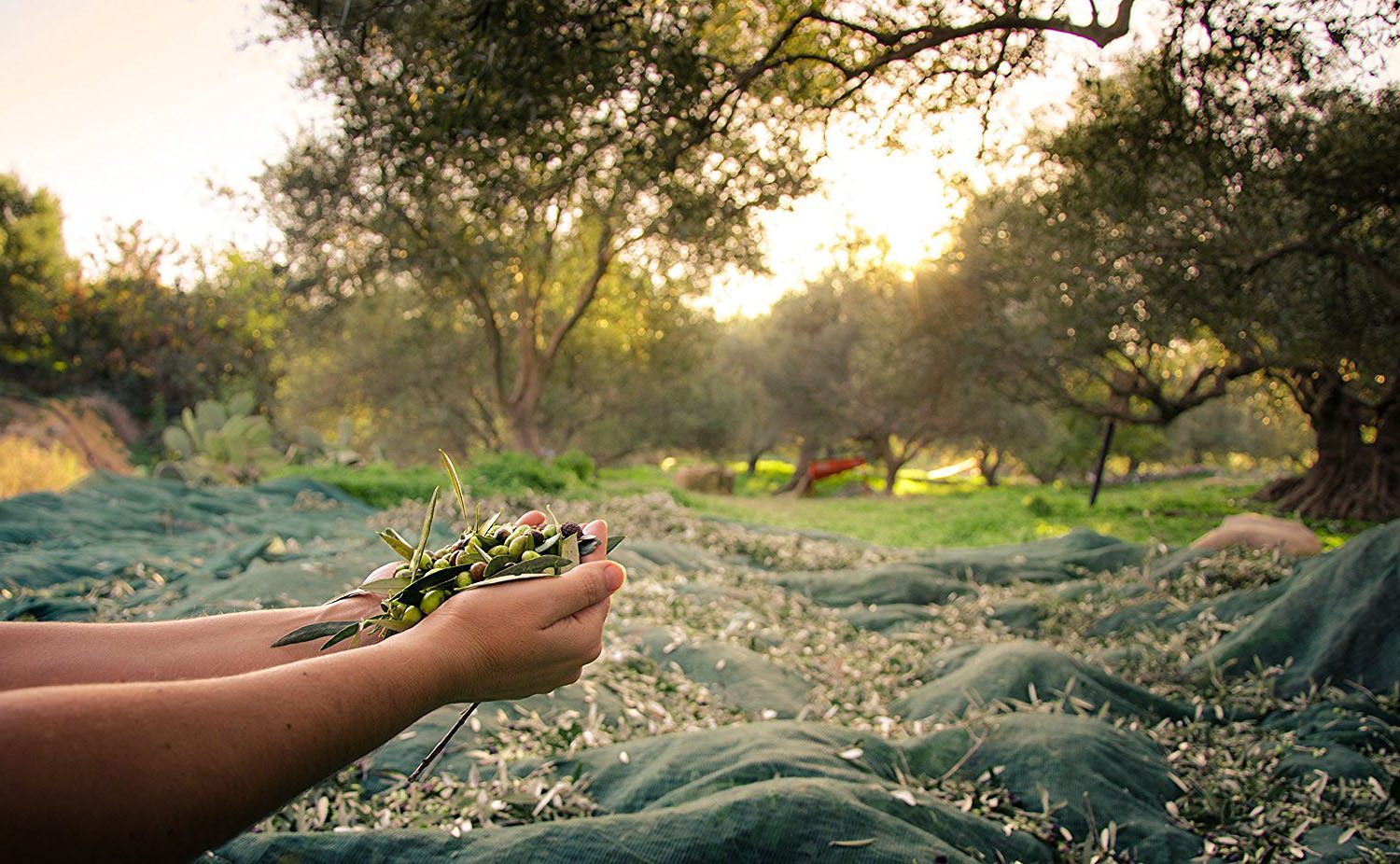

The District of Amelia (Amerino), extends its territory through Terni territory in the South Basin and Orvieto land in the North.
The landscape is characterized by morphological very different situations with magnificent views ranging from the fertile flood plain of the hill to the forest area of forests. Nature finds moments of elation in the Oasis of Alviano, in the Tiber River Park, which shares with the territory of Orvieto, in the Park and the Rio Grande. The forests are full of oak trees, oak, English oak and hornbeam. To the north, in the area of the municipality of Avigliano Umbro, there are hundreds of hectares of chestnut trees. The flora of the undergrowth is rich, among other things, of many species of ferns, wild orchids (protected), strawberries and mushrooms. Campaigns and forests are marked by numerous paths that trace interesting paths for trekkers on foot or horseback. The Parks of San Silvestro (Fornole), Cavallerizza (Amelia) and dell’Aiola (Guardea) offer, in the woods, open spaces for pleasant stops and birdwatching. The area is enriched by many small towns (Jupiter, Penna in Teverina, Alviano, Attigliano, Lugnano, Montecastrilli, Toscolano, Collicello, Santa Restituta, Sismano, Castel Aquila), all intact in their medieval atmosphere and concrete remains towers, castles, and ancient walls. The ancient Italic peoples and then the Romans, who inhabited this part of the province, have left significant and meaningful examples. Spectacular are the polygonal walls of Amelia. Expression of hydraulic engineering of the Romans are the tanks. A remarkable example of the art of this civilization is the beautiful statue of Germanicus placed in the local Archaeological Museum. As part of archeology fits the fossil forest Dunarobba, a paleontological site of the most famous in the world. The art finds moments of true greatness in the refined Collegiate of Lugnano. We should not forget the Castle of Alviano and the Civic Tower of Amelia, beautiful examples of architecture. Gastronomy plays a role of primary importance: the game, the palombe in leccarda way, figs stuffed with ancient tradition, the excellence of local cuisine. Traditional festivals and folk refer to the traditions of the Middle Ages as the Palio of the Doves and the Reenactment of the Statutes Amerini Amelia.


